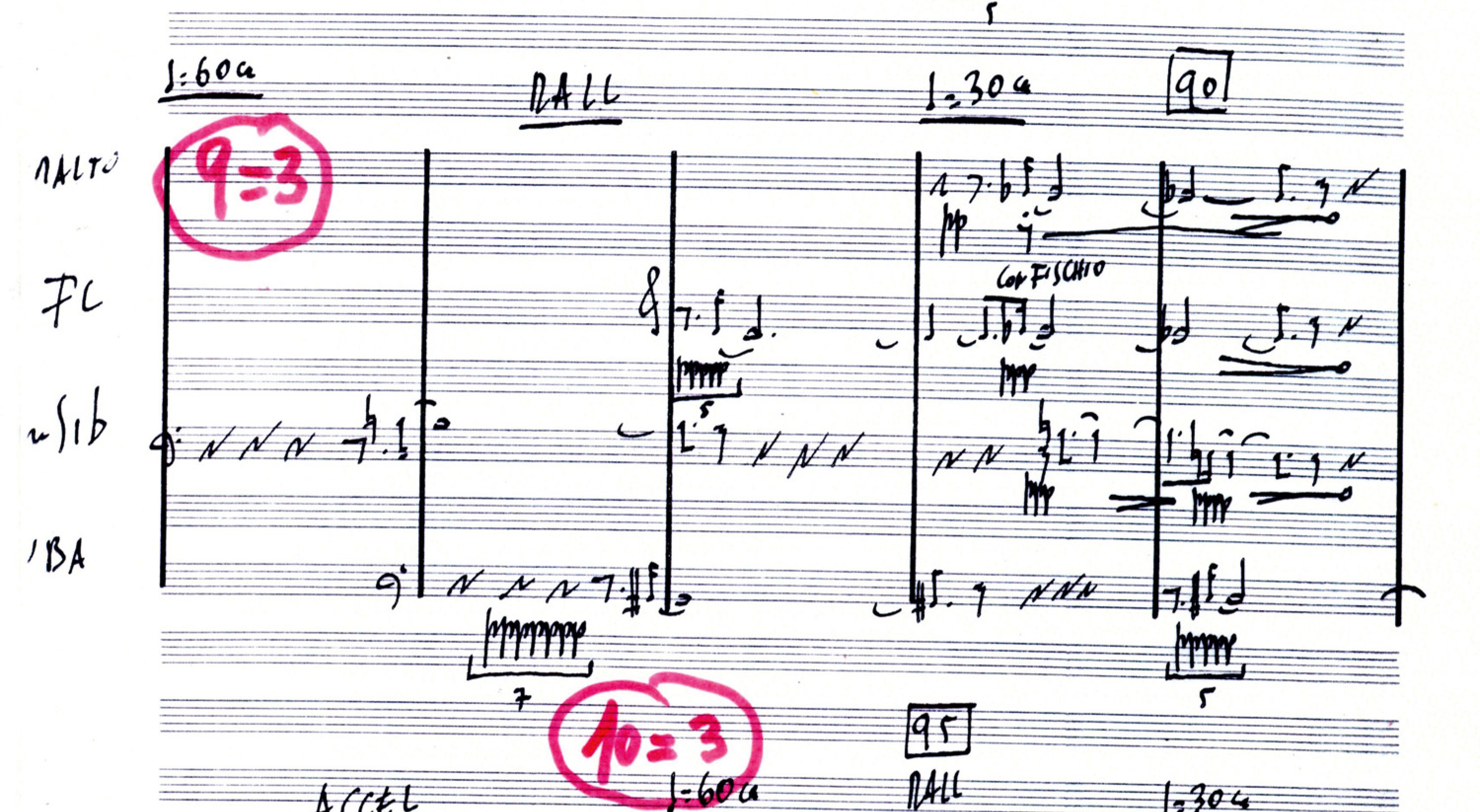Luigi Nono // Helmut Lachenmann // Clara Iannotta
Omaggio a György Kurtág ...
Luigi Nono, Omaggio a György Kurtág for four soloists and real-time electronics
Helmut Lachenmann, Concertini for large ensemble
Clara Iannotta, Intent on Resurrection – Spring or Some Such Thing for seventeen musicians
Work commissioned by the Ensemble Intercontemporain and the Festival d’Automne à Paris
Lucile Richardot, contralto
Ensemble intercontemporain
Matthias Pintscher,conductor
André Richard, sound projection
SWR Experimentalstudio Freiburg, electronic equipment
Jointly produced by Cité de la musique, Festival d’Automne à Paris, and the Ensemble Intercontemporain // Proudly supported by Mécénat Musical Société Générale and the Ernst
von Siemens Foundation for Music // Kind thanks to the Institut Culturel Italien for hosting Clara Iannotta.
This concert is being recorded by France Musique.
Ever since their first brief encounter in 1978, György Kurtág and Luigi Nono shared a close bond. So much so, they each went on to create a work in the other’s name. Nono claimed to
have learned through Kurtág’s music to not produce sounds for its own sake – one must explore new ways to invent it and to make it come alive. He felt that Kurtág shared in
Bartók’s “fear of the unkown”. In Nono’s Omaggio a György Kurtág, the sustained sounds that come from indiscernible sources, echoed by electronic noise, then meld and fade into
heavy silences, are proof of this new form.
In 1958, Helmut Lachenmann went to Venice to study under Nono as one of his very few pupils. “Finding one’s voice when conversing with Nono meant, in more ways than one, to
remain exposed: exposed within an unfamiliar, disorienting space”. As such, that which
tradition takes for granted is stripped of all assumption and questioned, like the rules of an old game. This is the sole condition for the musician to evolve and be free of “intellectual
paralysis”. Lachenmann’s labyrinthine Concertini are a testament to that particular quality Nono praised and saw in him, saying: “countless bold and daring journeys / across wide
oceans / into the depths of the imagination / and among the stars / that remain to be unveiled and laid bare”.
In the work of Clara Iannotta, sound takes on a vibrant, theatrical, and existential quality. Here the sound, the silence whence it emerges and the musician’s movement are all one and
the same – “Music should be seen as well as heard.” Last winter, while in Berlin, Iannotta discovered this same insistence on physical presence in the work of Irish poet Dorothy
Molloy Molloy (1942-2004). Her organically composed poetry describes with vivid cynicism what it is to live through an illness. Intent on Resurrection – Spring or Some Such Thing is of a similar vein.
